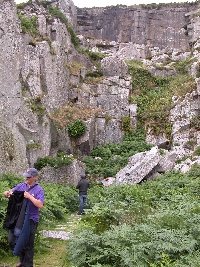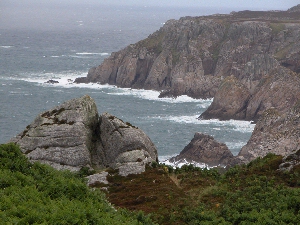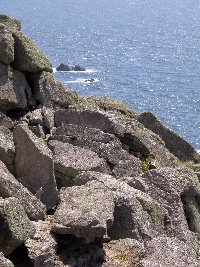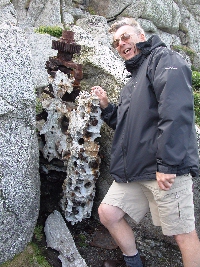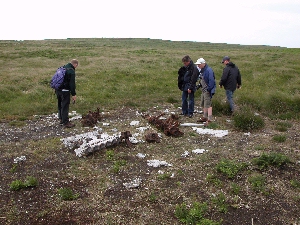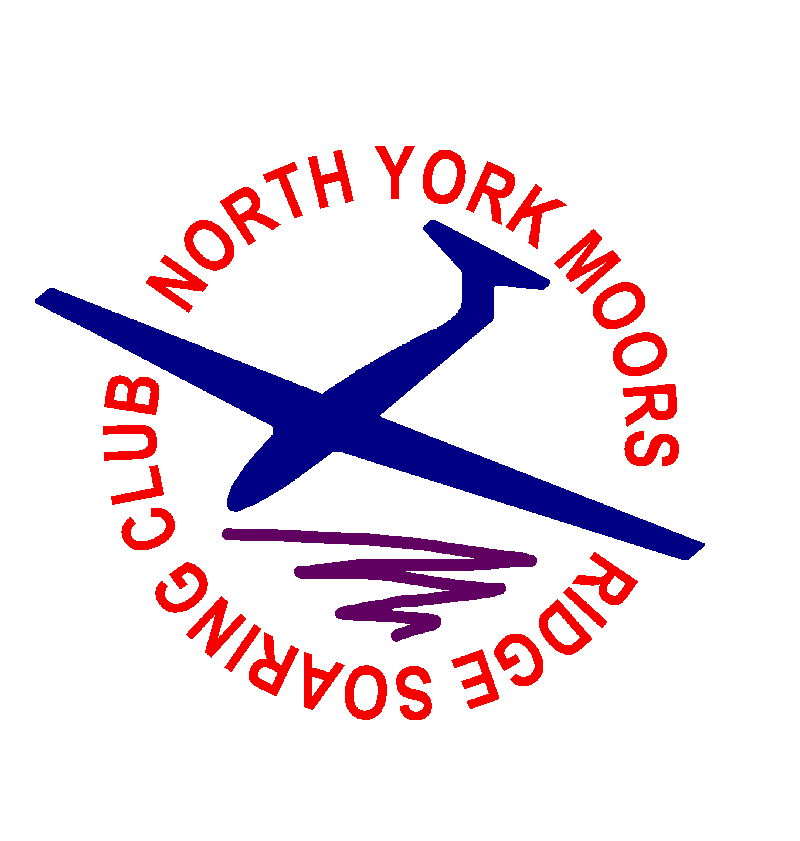
Lundy Trip
2nd - 7th July 2009
Report and Pictures by Jon Edison
Lundy Aisle is located about 12miles into the Bristol Channel, and is a 2 hour boat trip from Ilfracombe in Devon. Its a barren lump of Granite 3.5miles long by 0.5 miles wide.
Why were we there? Well each year a bunch of Model Flyers regularly descend on the island for a spot of Sport Flying. This year the invitation to fly was extended to the F3F community. So along with 17 other flyers, 5 members of the NYMRSC joined the exodus to sample the coastal sites.
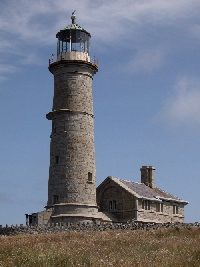
Despite the relatively calm seas, the journey across the Bristol Channel was long enought for me, and I was pleased to set foot on tera firma once again. We had been warned that the harbour was some distance away from our accommodation, and that unless you pushed some money in the direction of the sole Landrover on the island, the only way to the top of the cliff was by way of a winding path up the 400foot high headland. Phew!!
Fortunately, some of our Models and Rucksacks had been stored in the Ships hold, and were duly delivered to our accommodation for us. Note for next time, package as much as you can and place in the hold, that way you have less to carry up the hill!.
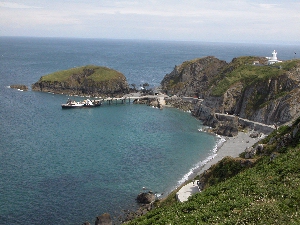
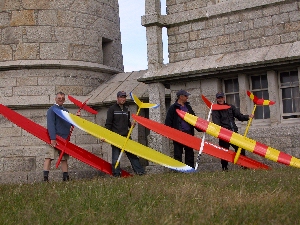
We had booked the Old Lighthouse as our Accommodation, and this proved to be a good move. Views from the top of the attached Lighthouse were fantastic
Apart from it being at the other side of the island, which proved to be good fun staggering across the fields in the pitch black after a night in the Pub, it was only a 100m from the flying site .
To find myself on the cliff edge at 8 o'clock in the morning flying a model in superbly smooth air was an absolute treat, and partly made up for the shear distance the place was to get to.
Day 1 and Day 2 flying was from the west cliff near to our accommodation, making for a very easy morning, egg and bacon sarnies followed by a leisurely stroll down to the flying site each day.
Lift from the cliff was fabulously smooth, and Rich Bago and Paul Middleton demonstrated their skill with the Vikos brilliantly . Here Richard enjoys a spot of sport flying with Adam Richardson
Paul Garnett didn't appear to get in the groove like we know he can, and Jon Edison and Keith Wood just enjoyed the brilliant conditions
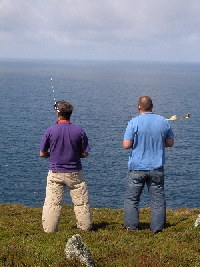
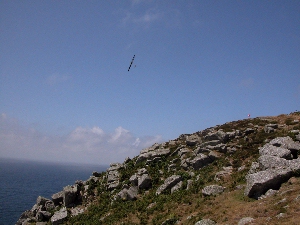
Day 3 flying required a move to a more SW site. Wind strength must have been near the limit, and the rocky cliff and small landing area could have bee intimidating to some.
The skill was to fly close in, in the very narrow compression layer for maximum effect, and Richard Bago demonstrated the technique superbly. The rest of us stayed away from the cliff edge to avoid the trip becoming too expensive!
The small landing site however proved to be a doddle. Once you had positioned the model on the crest of the hill, it would settled down without further ado
Evenings were inevitably spend in the one and only but excellent Pub, good range of food at sensible prices made for an enjoyable stay. A curry night organised by one of the other guys, Phil Tolfree, added to the variety.
Well that was it, great weather, excellent accommodation, and a very well organised trip thanks to Joe Cubit and Lynda Blythe .
A couple of travel pills for me made the boat trip back a non-event, but the drive home became a struggle as the effect of the pills wore on, Thanks to Paul Midd for doing most of the driving. See you all next year?
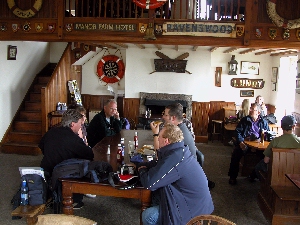
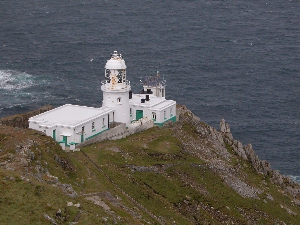
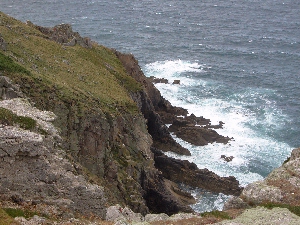
1 Kevin Newton 11988.56
2 Joel West 11481.52
3 Peter Gunning 11407.23
4 Paul Middleton 11382.57
5 Richard Bago 11369.56
6 Adam Richardson 11237.32
7 Mike Shellim 11014.17
8 Paul Garnett 10939.95
9 Jon Edison 10828.81
10 Keith Wood 10557.18
11 Tom MacPherson 10523.87
12 Stefan Bertschi 10218.38
13 Paul Stubley 10137.04
14 Andy Burgoyne 9934.57
15 Warrick Smith 9865.85
16 Vic Eldridge 9729.97
17 Lee Morgan 9658.77
18 Phil Taylor 9505.54
19 Ian Mason 6911.07
20 Andrzej Tabero 5386.87
21 Joe Cubitt 2604.7
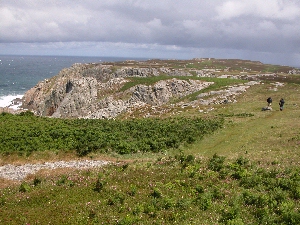
The name Lundy comes from two old Norse words "lund" meaning (puffin) and "ey" (island). The entire island has been designated as a Site of Special Scientific Interest and it was England's first statutory Marine Nature Reserve, because of its unique flora and fauna. It is managed by the Landmark Trust on behalf of the National Trust.
Rock from the Quarry was used to help build the Victoria Embankment, London in 1870. Remains of the Quarry Workers Cottages, Hospital and other buildings can still be seen on the cliffs above the quarry. More details here
